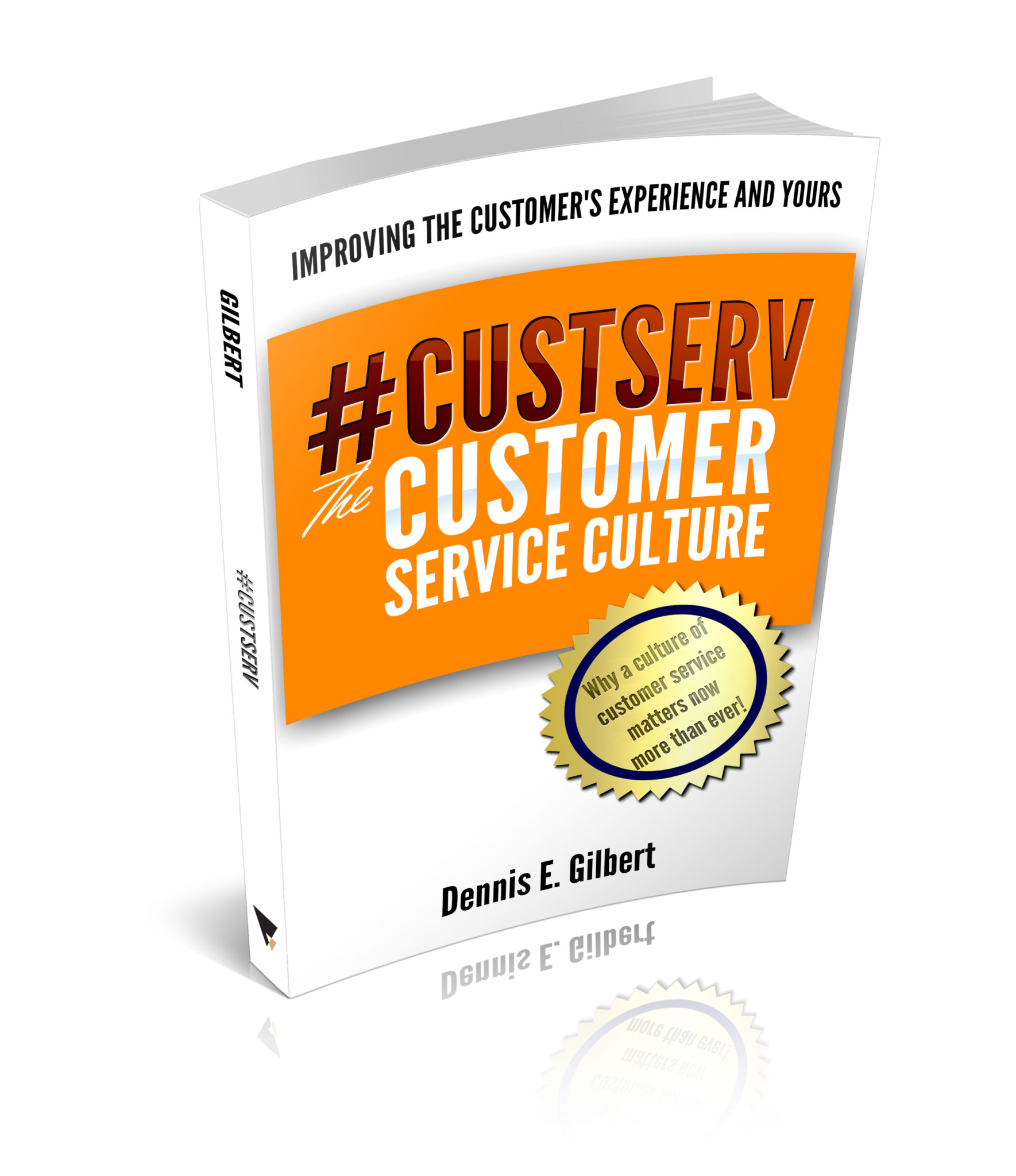
The Culture of Busy Workplace Dynamics
You need to speak with your boss, but she is busy. You need to check on budget amounts with the Controller, but he is too busy with month end processing. How will you navigate busy workplace dynamics?
It is common, we’re working as a team and sometimes we need answers. The answer may require a phone call, an email, or a trip down the hall, but the person you need is unavailable.
Too Busy
Your boss, the Accounting Manager, or the H.R. Director, may inappropriately develop an avoidance mindset.
They’ve been interrupted every five minutes for years. The interruptions feel petty, slight, or that people just aren’t using their brains. So, avoidance ensues.
On the other hand, they may suggest, “I get it you need me, but…”, approach signals your need is less important than the need they are currently working on. In some cases, it feels disrespectful.
You’ve held your question for hours, days, or even weeks. You’ve been patient, sent a friendly email reminder, you’ve tried early and tried late. Still availability is not in season.
It is possible that employees lose hours of productive time waiting on a response. It may be a lack of empowerment or it may be a lack of knowledge, skills, or abilities. Sometimes it is a lack of accessible information.
Busy Workplace Dynamics
One way or another your culture of service develops internally and is then demonstrated with the external customer. Executives, bosses, or department leaders all have a hand in developing organizational culture.
They also have a responsibility for the productivity, response times, and service that their workplace teams provide.
Many label our economy as a Service Economy. In a service economy, every sector needs to illustrate exceptional service standards.
Service effectiveness is not just for retail or restaurants. It is true for manufacturing, healthcare, tech sectors, education, and yes, even government.
Showing that you care starts internally, it is a cultural attribute of your organization. Busy workplace dynamics are not an excuse.
If you believe enough in service excellence to say that you care. If you expect exceptional service for external customers. Then remember that caring is illustrated.
Show us.
-DEG
Dennis E. Gilbert is a business consultant, speaker (CSPTM), and culture expert. He is a five-time author and the founder of Appreciative Strategies, LLC. His business focuses on positive human performance improvement solutions through Appreciative Strategies®. Reach him through his website at Dennis-Gilbert.com or by calling +1 646.546.5553.






